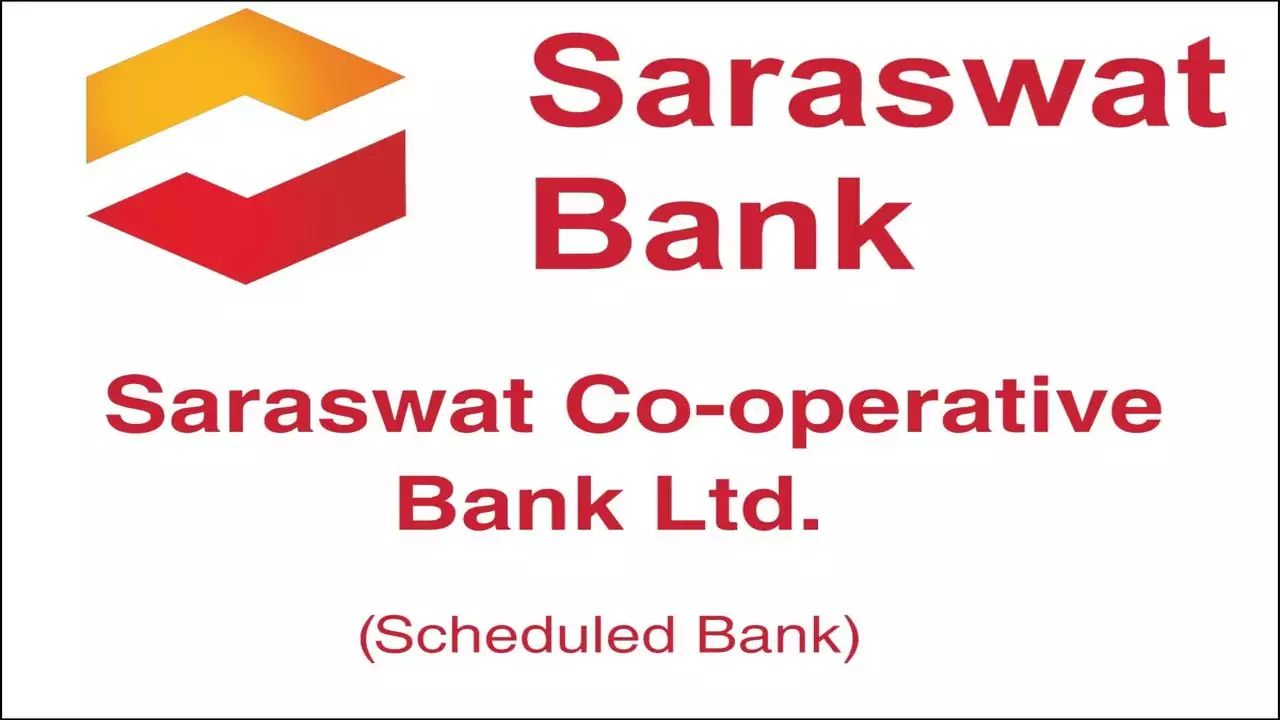Saraswat Co-Operative Bank Ltd. History, Brief Overview, Company Profile & Profit
The Saraswat Co-op Bank is the largest in India with a network of 283 branches and 311 ATMs in Maharastra, Madhya Pradesh, Goa, Delhi, Gujarat, and Karnataka.

Saraswat Co-operative Bank Ltd: Saraswat Co-operative Bank Ltd. has been in operation as an urban co-operative banking organisation with headquarters in Mumbai, Maharashtra, India, since 1918. The founding members of the society were J. K. Parulkar as chairman, N. B. Thakur as vice-chairman, P. N. Warde as secretary, and Shivram Gopal Rajadhyaksha as treasurer.
The Reserve Bank of India granted the bank Scheduled status in 1988. The co-op bank is the first to provide merchant banking services.
The bank got a permanent license to trade in foreign exchange in 1979. The bank currently has correspondent relationships with approximately 162 banks in 58 countries and nine currencies.
The bank’s overall business, which was approximately 4 billion in 2000, has increased to 63,422 billion by 2020.
Read Also~Rossari Biotech: Company History & Profile | Share/Stock Price
In 2008, the bank introduced a new logo identity.
Over the last two decades, the bank’s business has developed gradually, and it has also undertaken a number of strategic business initiatives, such as a business process reengineering initiative, the merger of seven cooperative banks, and the purposeful nurturing of these institutions.
To issue debit cards, the bank collaborated with VISA International. The RuPay EMV Debit Card was introduced by the bank in 2013-14. The bank, along with the Bank of Baroda, was the first to achieve this milestone with the RuPay EMV card.
In 2011, the Reserve Bank of India granted the bank authorisation for the All India Area of Operation. The bank has an ambitious commercial expansion plan to be present in all of the country’s major cities, and it is well positioned to grow its overall business to 1 lakh crore in the next years.
As of March 31, 2020, the bank operated 284 completely computerised branches and 311 ATMs (Automated teller machines) in six states: Maharashtra, Gujarat, Madhya Pradesh, Karnataka, Goa, and Delhi.
In addition, in 2018, the bank launched its Bank on WhatsApp feature, which allows users to receive updates and access a variety of banking services over the messaging network.
According to the bank’s annual report for fiscal year 2020-2021, its annual income is 67,042 crores. It received the Best Cooperative Bank Award in 2016. According to Forbes’ The World’s Best Banks 2020 survey, the bank is the second-best in India.
Read Also~Reliance Naval and Engineering Limited-RNAVAL History, Company Profile & Products
The way forward
The move from traditional banking to creative banking of the twenty-first century has afforded us the chance to evaluate our existing procedures and implement corrective, preventative, and fortifying measures where necessary.
The next century will be a fascinating and promising trip. We are planning for a prosperous future by continuously improving banking technology, innovating, bolstering infrastructure/systems/processes, and investing in the demographic dividend.
With our strong consumer connections and technological prowess, we are certain that the Bank will not only keep pace with the modern competitive climate, but also emerge larger, stronger, and more resilient, while also serving as a pioneer in the banking sector.
